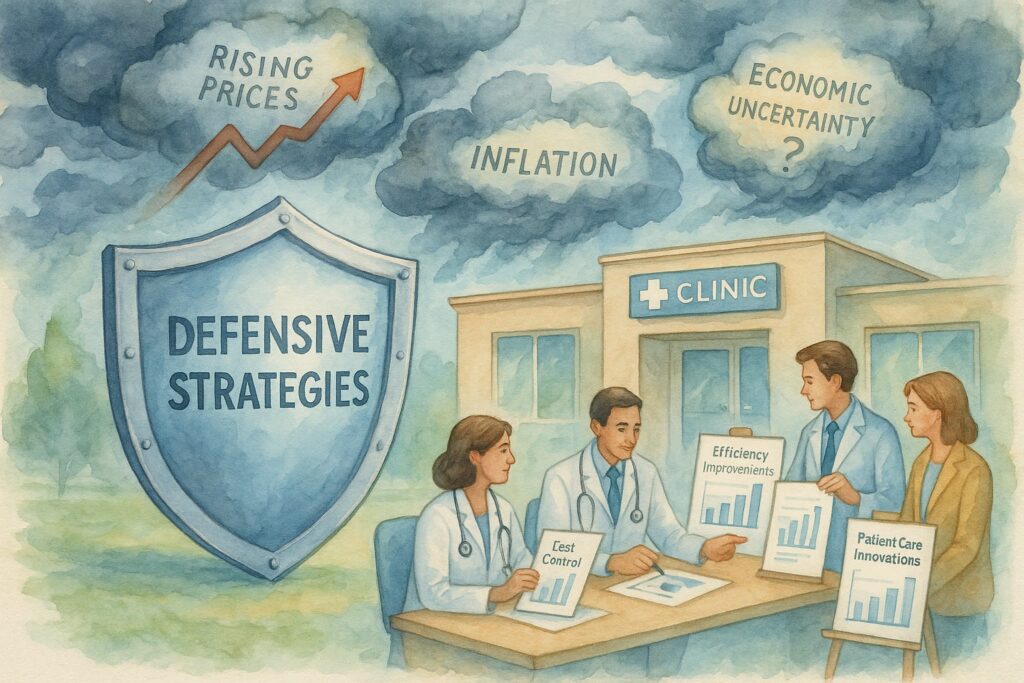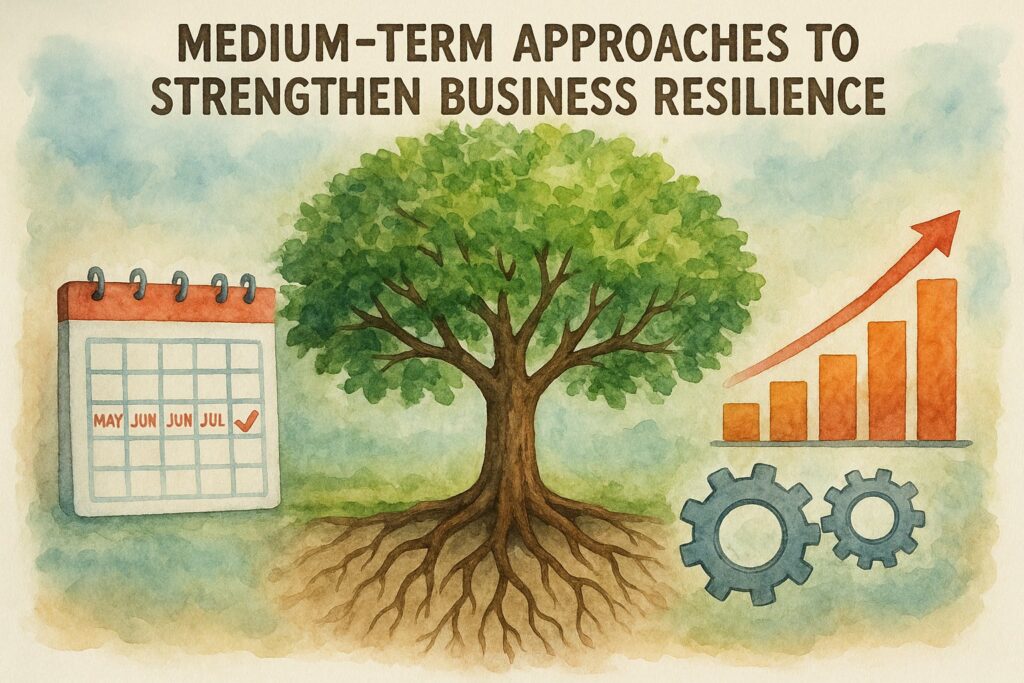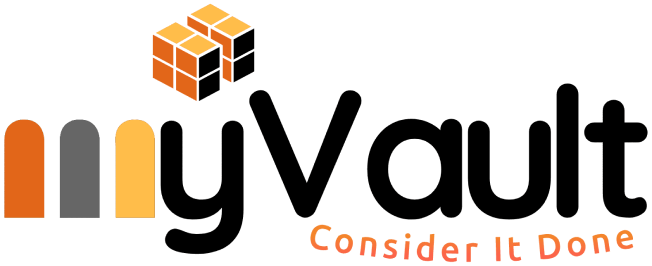
The U.S. economy is showing clear signs of stagflation, a challenging mix of rising inflation, slow growth, and weakening job markets. As a healthcare private practice owner, you face unique risks, including higher operational costs and patient affordability concerns. To protect your business and financial wellness, you should implement strategic actions across short-term, medium-term, and long-term horizons tailored to this uncertain environment.
In the short term, focus on cost control, managing cash flow, and maintaining patient volume. Medium-term strategies involve diversifying revenue streams and investing in technology to improve efficiency. Long-term planning requires careful financial management and adaptability as market conditions evolve to sustain growth and stability.
Staying alert to economic signals allows you to adjust strategies proactively, minimizing risks and positioning your practice to thrive despite stagflation’s pressure.
Key Takeways
- Control costs and stabilize cash flow immediately to maintain operational strength.
- Diversify income and enhance practice efficiency to build resilience over time.
- Plan finance and growth carefully to safeguard your practice against prolonged economic challenges.
Understanding Stagflation and Its Impact on Healthcare Private Practices

Stagflation creates a unique challenge by combining slow economic growth, rising inflation, and high unemployment. These factors affect your practice’s revenue, operational costs, and overall financial health in distinct ways.
Defining Stagflation in the US Economic Context
Stagflation occurs when inflation remains high despite stagnant or declining economic growth. In the US, this means prices for goods and services increase rapidly while job growth slows or reverses.
You may notice rising costs for medical supplies, staff wages, and overhead at the same time demand for healthcare services can weaken due to patients delaying elective care. Inflation limits consumers’ purchasing power, which can reduce patient visits and insurance reimbursements.
This situation crimps your cash flow and complicates financial planning, requiring more cautious expense management and revenue strategies.
Effects of Stagflation on Healthcare Revenue Streams
Inflation increases the expenses of running your practice—inflated supply costs, higher energy and rent bills, and wage pressures to retain staff. These cost increases do not always translate into equivalent reimbursement rises from insurers or government programs.
Patient demand can become unpredictable. Economic uncertainty drives some patients to postpone non-urgent visits, cutting into your volume-based income. Fee-for-service models may suffer the most compared to value-based care models that focus on efficiency and outcomes.
You should closely track which services are most impacted and diversify revenue channels, such as incorporating telehealth or offering flexible payment options to maintain steady cash flow.
Risks to Practice Sustainability and Provider Well-Being
Stagflation creates financial strain that threatens both practice sustainability and your personal well-being. Prolonged pressure on margins can lead to deferred investments in technology and staffing.
Staff morale may decline due to job insecurity or wage stagnation relative to cost of living increases. You might face difficulty recruiting or retaining talent at competitive wages amid inflationary pressures.
Operational inefficiencies tend to worsen in this environment, making sharper business management essential. Mental health risks for you and your team increase, so it’s critical to adopt strategies that balance operational demands with provider well-being.
Short-Term Defensive Strategies for Immediate Stability

You need to maintain steady cash flow, reduce unnecessary costs, and protect revenue sources quickly. Immediate actions in these areas can help stabilize your healthcare practice during economic uncertainty.
Optimizing Cash Flow and Controlling Expenses
Focus first on maximizing your available cash. Review your accounts receivable closely and accelerate collections where possible. You can achieve this by tightening billing practices and following up promptly on outstanding payments.
Cut non-essential expenses to preserve cash. Prioritize critical spending that supports patient care and operational capacity while postponing upgrades or non-urgent purchases. Monitor daily cash flow trends to spot issues early and adjust accordingly.
Consider short-term financing options only if necessary, being mindful of interest costs. Keeping a clear cash visibility dashboard can help sustain operational liquidity in volatile conditions.
Renegotiating Supplier Contracts and Service Agreements
Contact your suppliers proactively to renegotiate contract terms. Seek extensions on payment deadlines or discounts for early or bulk payments.
Ask for flexibility in delivery schedules to better match your cash flow capabilities. Where possible, consolidate orders to reduce shipping and handling costs.
Review service agreements with vendors carefully. Identify any redundant or non-critical services to pause or cancel without affecting patient care quality.
Document all renegotiations and maintain strong communication channels to build cooperative relationships with suppliers during periods of market stress.
Enhancing Patient Retention and Revenue Cycle Management
Keep your patients engaged to sustain steady revenue. Communicate clearly about any changes in your practice and maintain high service standards.
Implement or refine patient reminder systems to reduce missed appointments. Missed visits directly impact your income and can strain operational efficiency.
Streamline billing and coding processes to minimize errors and speed reimbursements. Accurate and timely claims submission limits payment delays from insurers and patients alike.
Use data analytics to identify high-risk accounts and tailor follow-ups accordingly. Strong revenue cycle management protects your financial health in the short run.
Medium-Term Approaches to Strengthen Business Resilience

You can protect your healthcare private practice against stagflation by expanding your business scope, improving efficiency through technology, and adjusting your staffing strategies. These steps aim to stabilize revenue and control costs as economic pressures persist.
Diversifying Service Offerings and Revenue Channels
Expanding your service range can attract new patient segments and reduce reliance on traditional income sources. Consider adding complementary services such as telehealth, chronic disease management, or wellness programs tailored to local demand.
You should also explore partnerships with outpatient clinics, labs, or pharmacies to create bundled service packages. Diversification can include alternative payment models like subscription-based care or direct primary care, which provide stable, predictable income.
Tracking financial performance by service line helps you identify which offerings yield the best margins and patient outcomes. This targeted approach can guide where to allocate resources to boost medium-term revenue resilience.
Adopting Technology for Operational Efficiency
Integrating technology like electronic health records (EHR), automated billing, and patient scheduling systems reduces administrative burdens and errors. This enables staff to focus on care delivery rather than paperwork, lowering operational costs.
You should leverage data analytics to monitor patient trends, optimize inventory, and forecast cash flow needs. Improved data visibility helps you respond proactively to market changes and manage resources efficiently.
Investing in cybersecurity safeguards patient information and your practice’s reputation. Technology upgrades that streamline workflows increase your practice’s flexibility and capacity to adjust to shifting demands.
Workforce Planning and Flexible Staffing Models
Balancing your staffing needs with patient volume fluctuations is critical to cost control. Cross-training staff to handle multiple roles lets you deploy resources where they are most needed, reducing dependency on temporary hires.
Flexible staffing arrangements, such as part-time, per diem, or contract employees, allow you to scale labor costs up or down based on demand. This agility can protect your payroll budget during slow periods without sacrificing service quality.
Regularly review workforce productivity and engagement metrics to identify gaps and opportunities for improvement. A resilient staffing model adapts quickly to changes in patient flow and payer mix, supporting both financial stability and patient care standards.
Long-Term Planning for Financial Wellness and Growth

You need a clear approach to strengthen your practice’s financial foundation and adapt to evolving economic conditions. Prioritize targeted investments, maintain financial cushions, and prepare for multiple economic scenarios to protect and expand your business.
Strategic Investment in Practice Infrastructure
Invest in modernizing your practice’s infrastructure to improve efficiency and patient care quality. This could include electronic health record (EHR) upgrades, telehealth expansion, or updated medical equipment.
Efficient technology reduces operational costs and enhances patient satisfaction, leading to better retention and referral rates. Allocate budget annually for upgrades that align with your practice’s growth plans.
Consider staff training as part of your investment to maximize the benefits of new systems. This also positions your practice as resilient against future market disruptions.
Building Reserves and Enhancing Access to Capital
Establish a reserve fund covering at least six months of operating expenses to manage cash flow during downturns. This liquid asset acts as a buffer against unforeseen events like decreased patient volume or higher costs.
Explore diverse financing options such as lines of credit or SBA loans. Maintaining good relationships with lenders now positions you for faster access to capital if needed.
Track and optimize working capital regularly. Use financial dashboards to monitor receivables, payables, and inventory to prevent cash shortages.
Scenario Analysis and Contingency Planning
Conduct regular scenario analyses based on potential risks such as stagflation, inflation-driven cost increases, or regulatory changes. This anticipates impacts on revenue, expenses, and staffing.
Develop flexible contingency plans with clear action steps, timelines, and responsible parties. For example, outline cost reduction strategies, alternative revenue sources, or staffing adjustments.
Review these plans annually or when significant market shifts occur. This proactive approach helps you respond quickly and keep your practice financially stable under varying conditions.
Monitoring Economic Indicators and Adjusting Strategies
You need to observe specific economic metrics that impact cost structures and financing. By understanding these factors, you can make timely adjustments to protect your practice’s financial health and operational efficiency.
Tracking Inflation, Interest Rates, and Policy Changes
Inflation directly influences your operating expenses, including staff salaries, medical supplies, and rent. When inflation remains high, as seen recently, costs can rise unexpectedly. Monitor the Consumer Price Index (CPI) monthly to gauge price trends that affect expenses.
Interest rates impact borrowing costs for business loans or equipment financing. The Federal Reserve’s policy shifts signal changes in rates—rising rates generally increase your cost of capital. Pay close attention to Fed statements and economic reports to anticipate rate adjustments.
Stay alert to healthcare-related policy changes that could affect reimbursement rates or regulations. Shifting tariffs and trade policies can also influence supply costs, so review relevant government announcements promptly.
Staying Informed Through Industry Benchmarks
Compare your practice’s financial and operational metrics with industry benchmarks regularly. Key metrics include patient volume, revenue per visit, and overhead ratios. This can help you spot inefficiencies early and adapt before broader economic pressures worsen.
Subscribe to healthcare market reports and economic commentaries from reputable sources like Wells Fargo, BlackRock, or specialty healthcare analytics firms. These resources provide actionable insights relevant to your sector.
Use benchmarking data to guide staffing levels and investment decisions. If peers reduce certain expenses or adjust services due to stagflation risks, consider similar strategies to maintain competitiveness and protect margins.
Frequently Asked Questions
Effective strategies during stagflation involve controlling costs, optimizing revenue streams, and strengthening financial resilience. Adjustments to budget, investments, and operations can help navigate inflation pressures and slower economic growth while protecting your practice’s cash flow and growth potential.
What strategies can healthcare private practice owners adopt to mitigate the impact of stagflation?
You should focus on reducing discretionary expenses and improving operational efficiency. Diversify your revenue sources by expanding services that are in steady demand. Maintain strong cash reserves to manage periods of economic uncertainty.
How should healthcare private practices adjust their financial plans in the short-term in light of potential stagflation?
Prioritize cash flow management by monitoring expenses tightly and delaying non-essential capital expenditures. Review payer contracts to negotiate better reimbursement rates. Increase billing efficiency to accelerate revenue collection.
What medium-term investments should private healthcare practices consider during stagflation?
Invest in staff training to improve productivity and patient satisfaction. Explore partnerships or alliances to share resources and reduce overhead. Consider upgrading critical technology that lowers operational costs over time.
In the face of stagflation, what long-term financial moves can ensure the stability of healthcare private practices?
Build diversified revenue streams, including telehealth and chronic care management programs. Strengthen your balance sheet by reducing debt and increasing liquidity. Develop a strategic plan that anticipates regulatory changes and shifting patient needs.
Are there specific healthcare sectors that are more resilient to stagflation, and how can this influence practice owners’ strategies?
Essential services such as primary care, chronic disease management, and urgent care typically withstand stagflation better. Focus on those areas to stabilize revenue. You can also reduce exposure to elective procedures that patients may delay in tougher economic conditions.
How can private healthcare practices leverage technology to maintain financial health amid economic downturn and inflation?
Adopt practice management software to improve billing accuracy and reduce administrative costs. Use telemedicine to expand patient access while controlling facility expenses. Implement data analytics for better decision-making around resource allocation and patient care trends.

https://shorturl.fm/wL33s
https://shorturl.fm/gztlN
https://shorturl.fm/e4Gz3
https://shorturl.fm/5zknK
https://shorturl.fm/MPusi
https://shorturl.fm/qluq5
https://shorturl.fm/7X9SU
https://shorturl.fm/Gsu7J
https://shorturl.fm/50jIS
https://shorturl.fm/wSs13
https://shorturl.fm/h0TDn
https://shorturl.fm/tSQR4
https://shorturl.fm/P5dxN
https://shorturl.fm/uAQtC
https://shorturl.fm/V6BzP